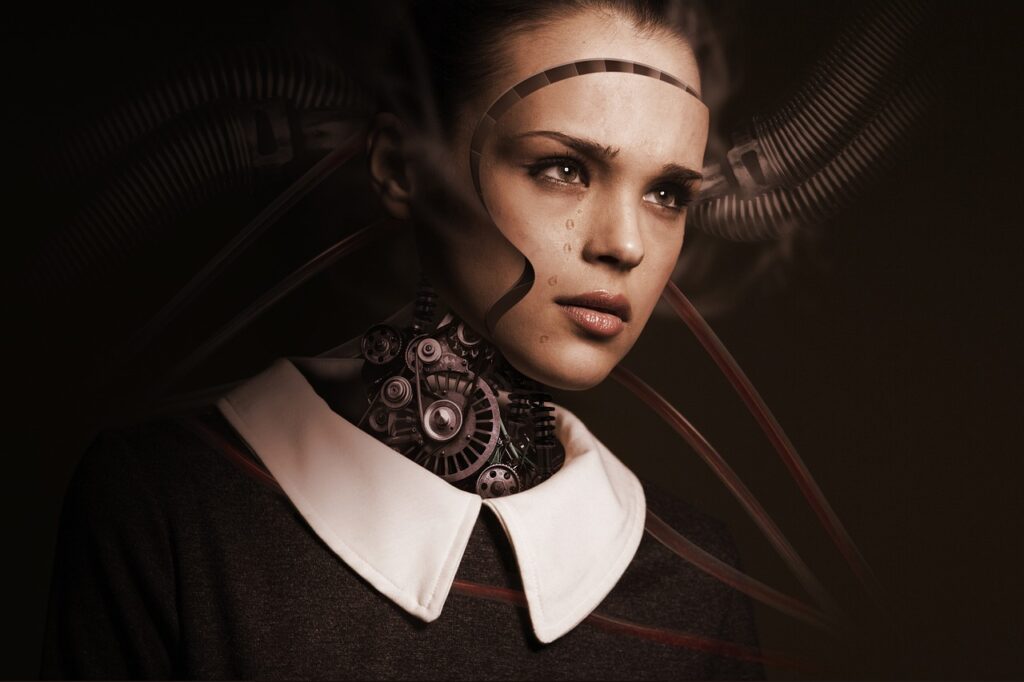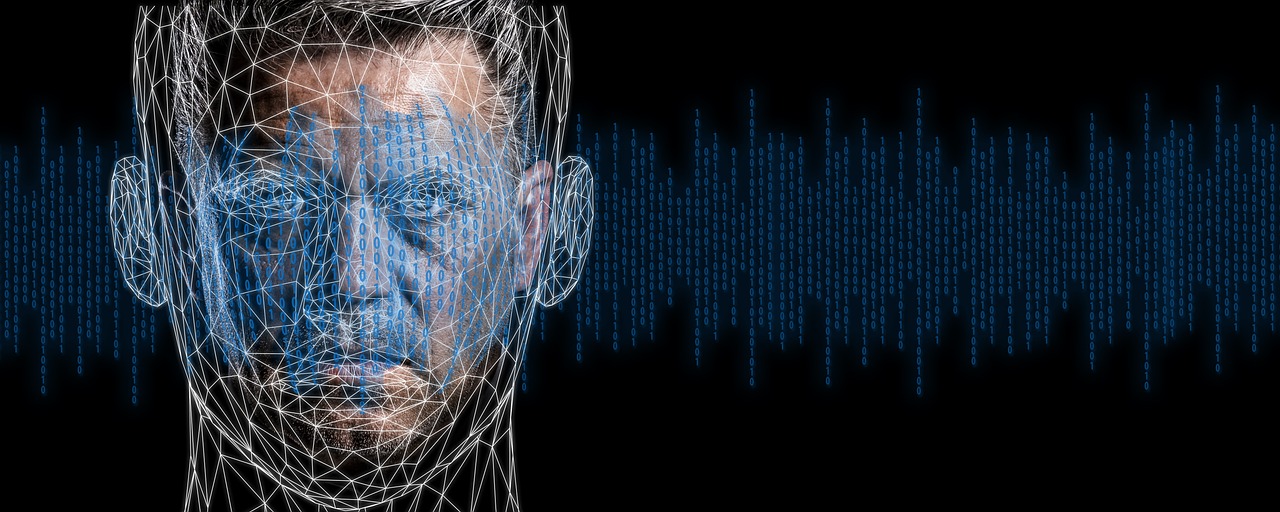Introduction: The Dawn of a New Human Era
Imagine controlling devices with your thoughts, enhancing memory with a brain chip, or even merging your consciousness with artificial intelligence. This isn’t science fiction—it’s the future of AI-human merging, and it’s happening faster than you think.
From Neuralink’s brain implants to AI-powered prosthetics, the boundary between humans and machines is dissolving. But how close are we really to a cyborg future? And what are the ethical and societal implications?
In this in-depth exploration, we’ll uncover:
✅ Latest breakthroughs in AI-human integration
✅ How brain-computer interfaces (BCIs) work
✅ Ethical dilemmas and future possibilities
✅ When will humans and AI truly merge?
Let’s dive in.
1. What is AI-Human Merging? (The Rise of Cyborg Technology)
AI-human merging refers to the integration of artificial intelligence with human biology, enhancing physical and cognitive abilities beyond natural limits. Key technologies driving this revolution include:
- Neuralink & Brain-Computer Interfaces (BCIs) – Elon Musk’s Neuralink aims to implant chips in human brains to treat paralysis and merge minds with AI.
- AI-Powered Prosthetics & Exoskeletons – Bionic limbs that learn and adapt to user movements.
- Genetic Engineering & Biohacking – CRISPR and gene-editing for enhanced human traits.
- Digital Consciousness Uploads – The controversial idea of transferring human minds into machines.
🔗 Related: Neuralink’s First Human Trial: What You Need to Know

2. Cutting-Edge Breakthroughs in AI-Human Integration
A. Neuralink: Merging Brains with AI
- First Human Implant (2024): Neuralink successfully implanted its brain chip in a human, allowing control of computers via thought.
- Future Goals: Cure paralysis, restore vision, and enable telepathic communication.
B. Synchron’s Stentrode – A Less Invasive BCI
- Unlike Neuralink, Synchron’s device is inserted via blood vessels, avoiding open-brain surgery.
- Already helping ALS patients type with their minds.
C. AI Prosthetics That Learn & Adapt
- Companies like Open Bionics create 3D-printed bionic arms controlled by muscle signals.
- Future versions may include touch feedback and AI-driven precision.
D. Biohacking & DIY Cyborgs
- Grinders (biohackers) implant RFID chips for keyless entry and digital payments.
- Gene-editing experiments to enhance intelligence and longevity.
🔗 Related: The Ethics of Biohacking: Should Humans Upgrade Themselves?
3. Ethical Dilemmas: The Dark Side of AI-Human Merging
While the tech is exciting, it raises serious ethical concerns:
A. Privacy & Mind Hacking Risks
- Could hackers access your thoughts via a brain implant?
- Governments might exploit BCIs for surveillance.
B. Inequality & The Superhuman Elite
- Will only the wealthy afford enhancements, creating a superhuman class?
- Could this widen the gap between enhanced and natural humans?
C. Loss of Humanity
- If AI merges with our brains, do we lose what makes us human?
- Philosophical debates on consciousness and identity.
🔗 Related: Transhumanism: Are We Ready for a Post-Human Future?
4. The Future: When Will Humans Fully Merge with AI?
Experts predict key milestones:
- 2030s: Widespread use of BCIs for medical treatments.
- 2040s: AI-enhanced memory and cognition become mainstream.
- 2070s+: Potential for digital immortality via mind uploading.
But the biggest question remains: Should we merge with AI, or stay purely human?
Conclusion: The Next Evolution of Humanity
The future of AI-human merging is both thrilling and terrifying. While Neuralink and BCIs promise medical miracles, they also bring unprecedented ethical challenges.
One thing is certain: Humans are no longer just biological beings—we are becoming a hybrid of flesh and technology. The question is, are we ready?
